Wo künstlerischer Spitzennachwuchs auf Weltkulturerbe trifft
Wer zur Internationalen Sommerakademie der mdw, durchaus liebevoll „isa“ genannt, eingeladen wird, den erwarten nicht nur hochkarätig besetzte Masterclasses. Die vielen Veranstaltungsorte der isa ermöglichen auch die Begegnung mit der großen kulturgeschichtlichen Bedeutung der Semmering-Rax-Region.
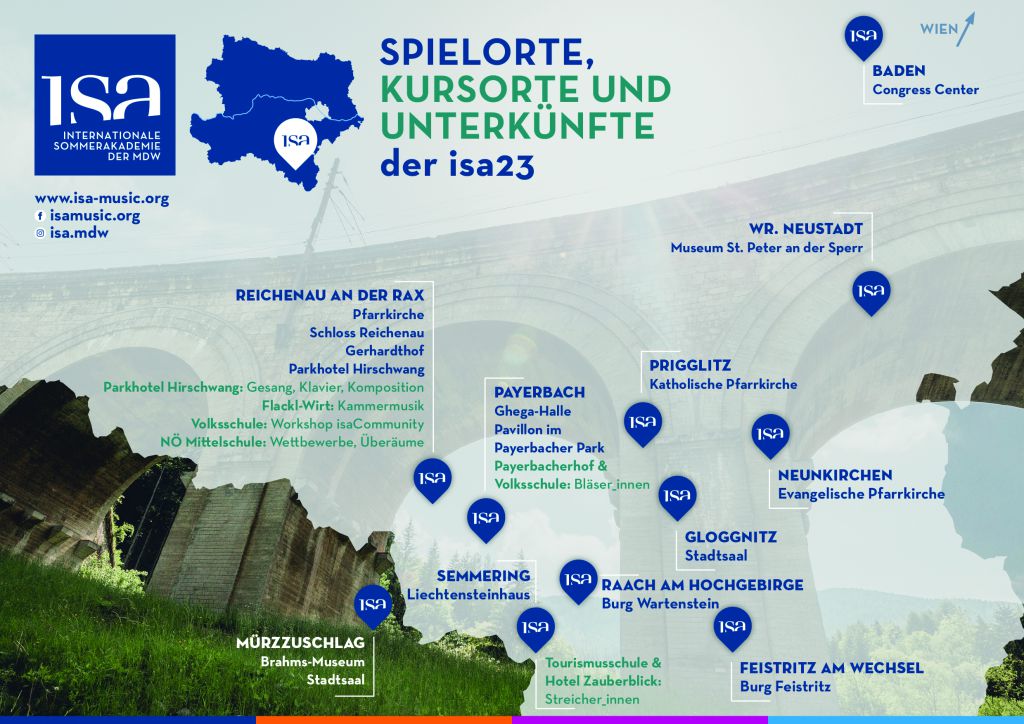
Schon der Bahnhof Payerbach-Reichenau, an dem die rund 200 isa-Studierenden aus insgesamt 38 Nationen ankommen, überrascht mit seiner bemerkenswerten Geschichte. Nach Vollendung der Semmeringeisenbahn 1853 war der Bahnhof nämlich einer der meist frequentierten der Monarchie, an den sogar ein Extrawarteraum für das Kaiserhaus angebaut wurde. Kein Wunder, galten doch die „Wiener Alpen“, wie die Region aufgrund der geografischen Nähe zu Wien auch bezeichnet wird, zur Wende vom 19. zum 20. Jahrhundert als gesellschaftlicher und kultureller Mittelpunkt Europas. Neben beeindruckenden Hotelbauten und der 1998 zum UNESCO-Weltkulturerbe ernannten Bahnstrecke zeugen zahlreiche Burgen, Schlösser und Villenbauten prominenter Gäste heute noch von der historischen Bedeutung dieser Gegend.
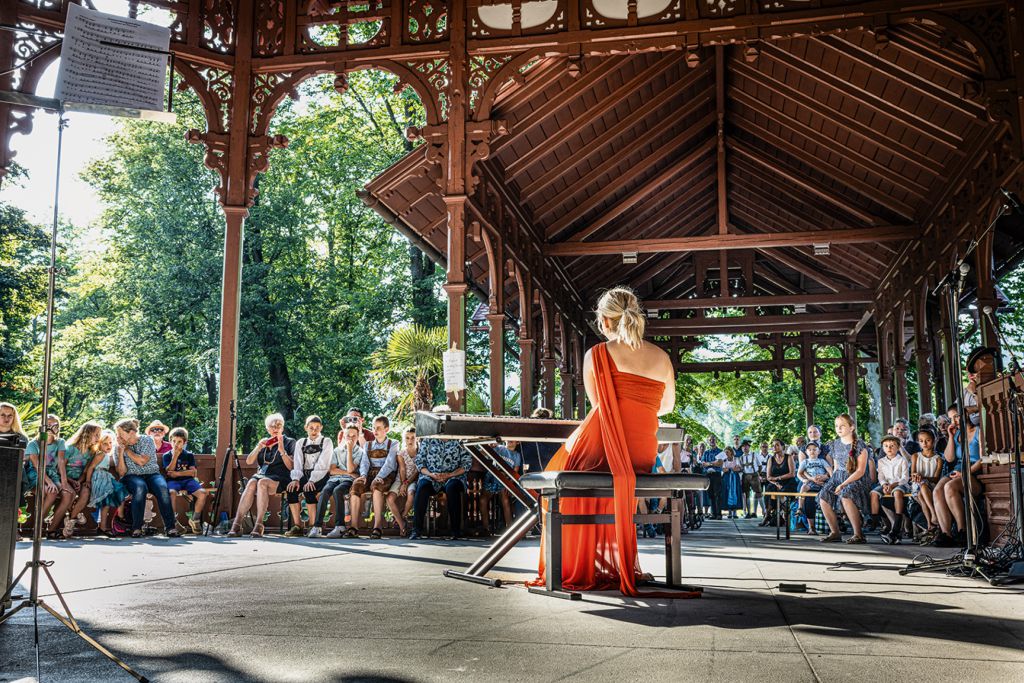
Seit 1991, noch lange bevor der Begriff „Sommerfrische“ für den Tourismus neu entdeckt wurde und die heutige mdw über einen eigenen Campus verfügte, weiß die Universität das nahe Erholungsgebiet für besonders intensive musikalische Begegnungen zu nutzen. Über die Jahre wuchs die isa freilich stetig und damit die logistischen Herausforderungen rund um Vorbereitung und Planung bis zur Durchführung. Im vergangenen Sommer war die Anlieferung von rund 60 Klavieren sowie des Equipments des Audio-Video-Zentrums und der Büro- und IT-Ausstattung für das 24-köpfige Team an elf Standorten erforderlich, um aus den Gasthäusern, Hotels und Schulen der heilklimatischen Kurorte Semmering und Reichenau und der angrenzenden Marktgemeinde Payerbach das legendäre Sommerquartier der mdw zu machen.
25 Masterclasses und 14 ergänzende Workshops mit rund 50 Lehrenden luden im Rahmen der 33. isa unter dem Jahresthema „We and Me“ zu einem vertiefenden Blick auf soziale Komponenten der Musik: auf ihre verbindende Kraft, auf ihr enormes Potenzial als Mittel der universalen Verständigung, aber auch auf ihren positiven Einfluss auf jede und jeden Einzelnen von uns.
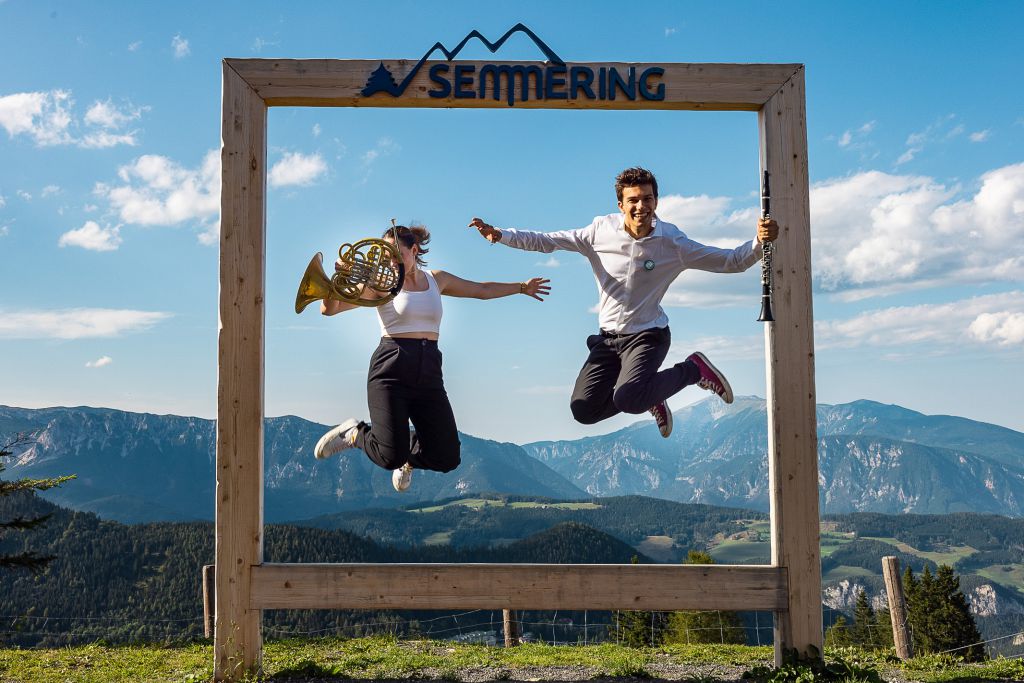
Die insgesamt 31 Veranstaltungen des isaFestivals präsentierten neben Wettbewerbs- und Open-Stage-Konzerten auch besondere Highlights aus den Masterclasses. Die Einbindung der gesamten Region erlaubte die Auseinandersetzung mit geschichtsträchtigen Orten. In Kooperation mit anderen Instituten der mdw wurden in diesem Jahr 17 ganz unterschiedliche Spielstätten mit zum Teil maßgeschneiderten Programmen bespielt. Für ein Konzert in Zusammenarbeit mit dem ipop – Institut für Popularmusik öffnete beispielsweise die ursprünglich aus dem 12. Jahrhundert stammende, im Privatbesitz befindliche Burg Wartenstein ausnahmsweise ihre Tore. Die Matinee Kammermusik und Jazz war eine Hommage an die musikalische Vorliebe der im vergangenen Jahr verstorbenen Burgherrin, derer die mdw mit diesem Konzert in besonderer Weise gedachte. Die ebenfalls mit dem ipop konzipierten Jam-Sessions im Schloss Reichenau lockten schon zum zweiten Mal auch viele Erstbesucher_innen an. Der Gerhardthof – zu Kaisers Zeiten Reichenauer Quartier für Fiaker und Pferde eines Wiener Fuhrunternehmers – diente als Bühne für die gemeinsam mit dem Max Reinhardt Seminar und dem Joseph Haydn Institut für Kammermusik und Neue Musik realisierte Theaterproduktion Wir sind, wie wir waren.
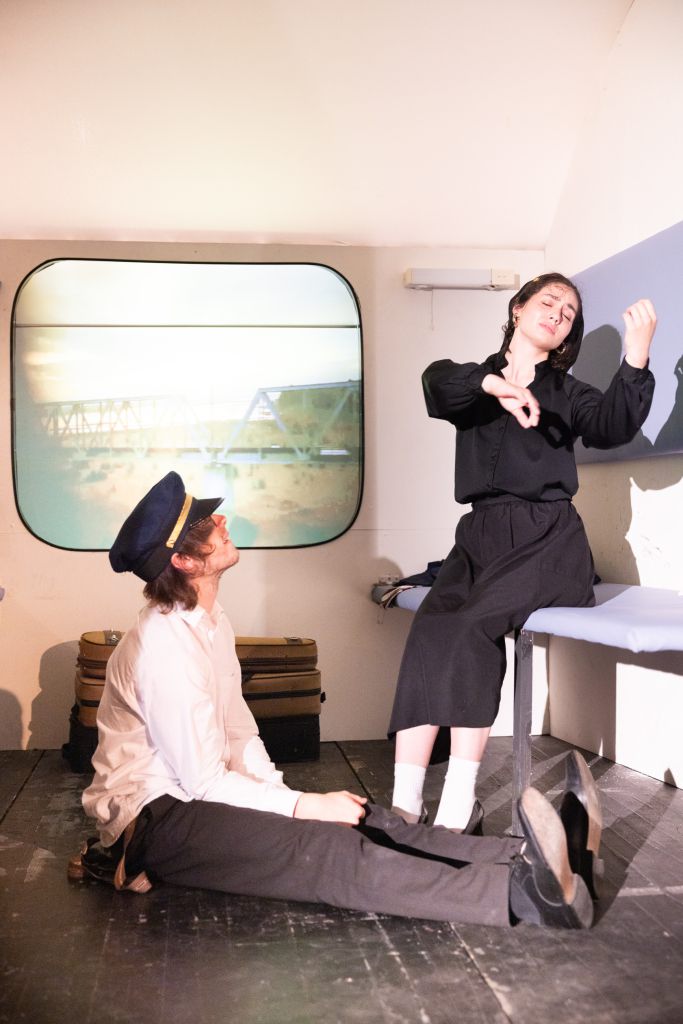
Auf Burg Feistritz stehen die historischen Veranstaltungsräume in der Regel nur geschlossenen Gruppen zur Verfügung – während der isa durften unter dem Titel Gemeinsam Studierende und ihre Lehrenden auf der Bühne des Rittersaals begeistern. Anders die zum Museum umgestaltete Sommerresidenz von Johannes Brahms in Mürzzuschlag, in die einige der isa-Tutor_innen zum Hauskonzert luden. Brahms selbst lebte zwar nur neun Monate in Mürzzuschlag, komponierte hier aber zur Gänze seine 4. Symphonie und über 30 Vokalwerke. Weitblick verschafften sich die Studierenden bei einem Gastspiel im 1934 von der Fürstenfamilie Liechtenstein erbauten Liechtensteinhaus am Hirschenkogel auf 1.340m Seehöhe, wo die isa an zwei Abenden mit Kunst & Kulinarik gastierte.
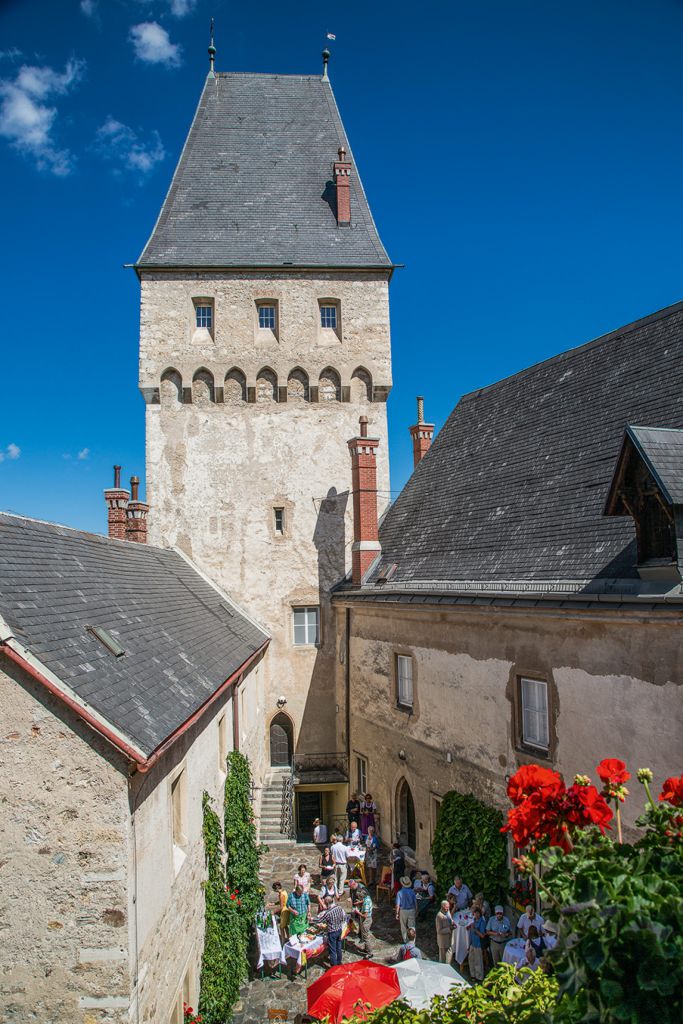
Mit Veranstaltungen im Arnold Schönberg Center und dem Arthouse-Kino im Future Art Lab, wo sich das künstlerische Programm in Richtung zeitgenössisches Musik- und Filmschaffen öffnete, fanden auch Wien und der mdw-Campus Einbindung ins isaFestival. Einer historischen Verbindung zur Bundeshauptstadt widmete sich das in Zusammenarbeit mit dem Fachbereich Musik im Dialog der mdw umgesetzte Projekt isaCommunity. Das rund um das Thema Wasser – Quell des Lebens konzipierte Programm im Kurpark Reichenau und dessen 1903 erbauten Pavillon erinnerte an den 150. Geburtstag der in den Wiener Alpen entspringenden I. Wiener Hochquellwasserleitung, die die Wiener_innen bis heute mit bestem Trinkwasser versorgt.

